Dental Occlusal Adjustment – Clute, TX
A Simple Solution for TMJ Disorder
Dental occlusal adjustment, also known as bite adjustment, is a procedure in which the dentist removes interferences or other issues that cause misalignment of teeth, crooked teeth, or misalignment of your bite. Bite misalignment can prevent your jaws from closing properly, and it can lead to dental injuries, teeth grinding and bruxism, malocclusion, and various dental issues. Please contact our dental team to discuss an overview of the process for dental occlusal adjustment in Clute.
Why Choose Woodshore Family Dentistry for Dental Occlusal Adjustment?
- Multiple Dental Experts in One Location
- State-of-the-Art Dental Technology
- Customer Service-Oriented Dental Team
Why Is Dental Occlusal Adjustment Necessary?
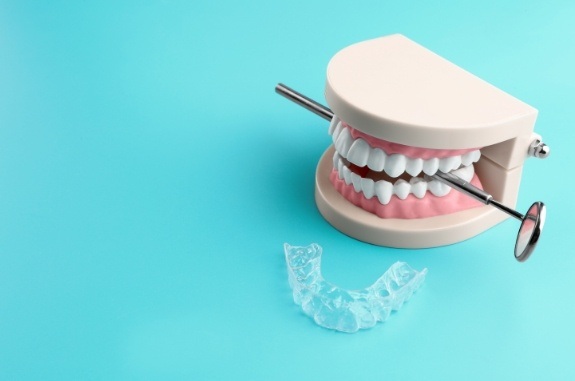
These are some of the primary reasons dental occlusal adjustment is necessary:
- Dental procedures like dental crowns, dental bridges, and tooth extractions can cause certain interferences in your mouth. Dental occlusal adjustment can fix or remove those interferences to restore a perfect bite.
- If one or several of your teeth get fractured easily, you may need dental occlusal adjustment to align them properly in relation to other teeth to minimize the impact.
- Dental occlusal adjustment is also necessary before you go through several prosthetic changes.
- Misaligned teeth can lead to malocclusion, a condition in which your teeth and jaws are always misaligned, which can lead to severe long-term complications. It can cause headaches, swelling, earaches, toothaches, persistent teeth grinding and bruxism, and various other issues. Teeth grinding caused by malocclusion can also lead to insomnia, fractured or chipped teeth, and other issues. Dental occlusal adjustment can treat bruxism and other such issues caused by malocclusion, thereby solving several issues.
- Temporomandibular joint disorder (TMD) is a common condition in which your jawbones are misaligned, and they constantly ache or make a popping sound. Occlusal adjustment can also treat this issue.
- Sometimes, you may also need to get dental occlusal adjustment done after procedures like dental fillings, root canals, or Invisalign treatment.
What Causes a Bad Bite and Crooked Teeth?
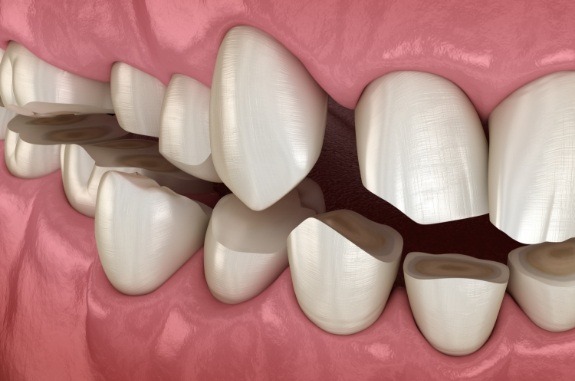
There may be numerous causes for a bad bite or crooked teeth. In many cases, you may just have crooked teeth and a bad bite because of your genetic traits. However, you can also get crooked and misaligned teeth for the following reasons:
- Premature loss of baby teeth.
- Harmful habits in your childhood such as sucking your thumb.
- Incorrect swallowing and tongue positions over a sustained period.
- Mouth breathing.
Children who don’t correct the aforementioned issues by the time they’re around 7-10 years old tend to experience problems that affect their jaws and arch, which can lead to a bad bite and misalignment.
Evaluation and Diagnosis of Occlusal Adjustment

During your initial consultation with the dentist, they’ll evaluate your bite to check for signs of malocclusion or misalignment. They’ll look for the following signs:
- Jaws that don’t close properly on either side of your face.
- Signs of temporomandibular joint disorder such as a popping or clicking sound when you move your jaws.
- Signs of consistent fracturing of teeth.
- Signs of wearing off of enamel.
- Teeth grinding or bruxism.
The aforementioned signs will help the dentist decide if you’re suffering from malocclusion or misalignment. If you are, they’ll ask you to bite down on a piece of paper so they can study your bite. This will help them identify the core issues so they can structure the treatment accordingly.
How Is an Occlusal Adjustment Done?
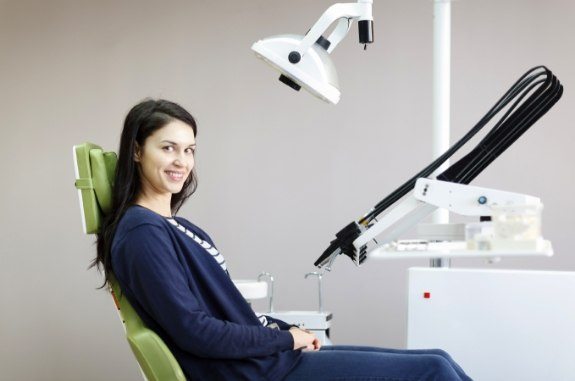
The following is a complete overview of the bite adjustment procedure:
- You will have to recline and close your teeth. This will allow the dentist to identify which side of your teeth is making contact with the help of a double-sided articulating paper.
- The dentist will adjust the side of the teeth that’s making contact using fine diamond or carbide burs. Depending on the teeth involved, the dentist will shape them either as a cusp tip or they’ll flatten the teeth. This process will continue until all of the teeth are aligned and coming together equally.
- The dentist also has to ensure that the anterior teeth only make limited contact. And the posterior teeth should be in contact a lot more than the anterior teeth.
- After the reshaping is done, the dentist will take another impression to see if any more adjustments are necessary.
Other Types of Dental Occlusal Adjustments

The process described above is known as bite adjustment, and it’s used to treat malocclusion. However, you may be suffering from other types of misalignments as well. The following procedures give you an overview of the other types of dental occlusal adjustments available.
Orthodontics
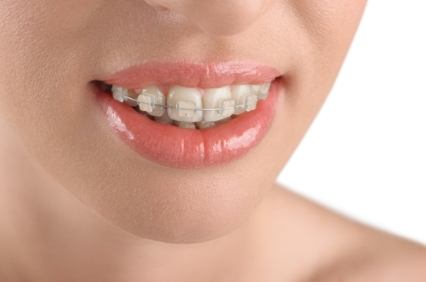
Orthodontics refers to procedures that require you to wear certain appliances on your teeth for extended periods to fix misalignment issues. These appliances may be retainers, Invisalign, metal braces, etc. You have to wear these appliances in your mouth, and they apply pressure on your teeth in the desired direction. Eventually and gradually, over 1-3 years, they push your teeth in the correct position enough that your misalignment is rectified. You will have to go for regular dental visits, however, so they can adjust the braces.
Splints
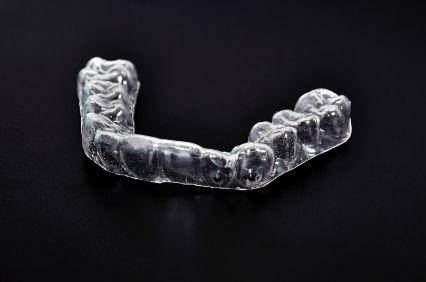
One of the worst potential drawbacks of malocclusion is teeth grinding and bruxism. This causes you to unconsciously keep grinding your teeth all the time, which can damage them severely. Splints are oral devices that you can wear to protect your teeth from some of the worst aspects of teeth grinding. While this won’t stop the action, it will protect your teeth and minimize the negative effects of malocclusion.
Full Mouth Reconstruction

Full mouth reconstruction refers to extensive surgical alterations done to your facial structure, either in the form of tooth reshaping, dental fillings, dental crowns, dental implants, and various other procedures. This is done if there are too many different issues with your teeth that need to be addressed, and the whole procedure can take several months or even years.
How Would a Dentist Fix a Deep Bite?
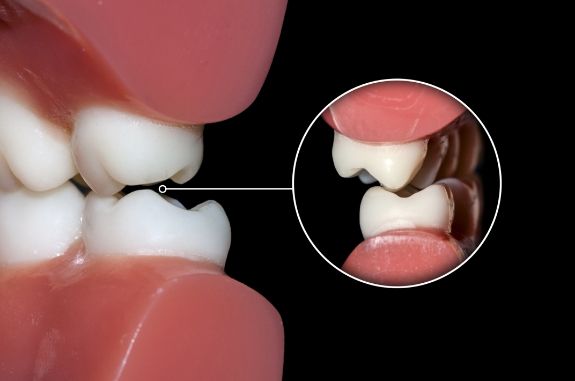
A deep bite, also known as an overbite, is a condition in which your front teeth protrude out over your bottom teeth. This is a pretty serious condition because the lower teeth can gradually bite into and wear away the gum tissue from the roof of your mouth, which can lead to severe bone loss and potential tooth loss. A dentist can usually fix a deep bite with the correct set of orthodontic procedures such as conventional braces or Invisalign clear braces.
How to Treat Teeth Grinding

Teeth grinding, also known as bruxism, is a common condition in which you cannot help but grind your teeth all the time, which can lead to several dental issues. There can be several root causes of teeth grinding. As such, your dentist will identify the underlying reason, be it psychological or physiological, and treat it accordingly. However, you can wear a mouthguard to protect your teeth against bruxism.
I Need a Checkup & Cleaning I Need a Dentist for My Child I am Worried About Gum Disease I Have a Cavity or Broken Tooth I am Missing One or More Teeth I Want to Enhance My Smile I Want a Straighter Smile I am Concerned About Sleep Apnea I am Scared of the Dentist I Have Pain in My Jaw I Have a Dental Emergency View Our Services


